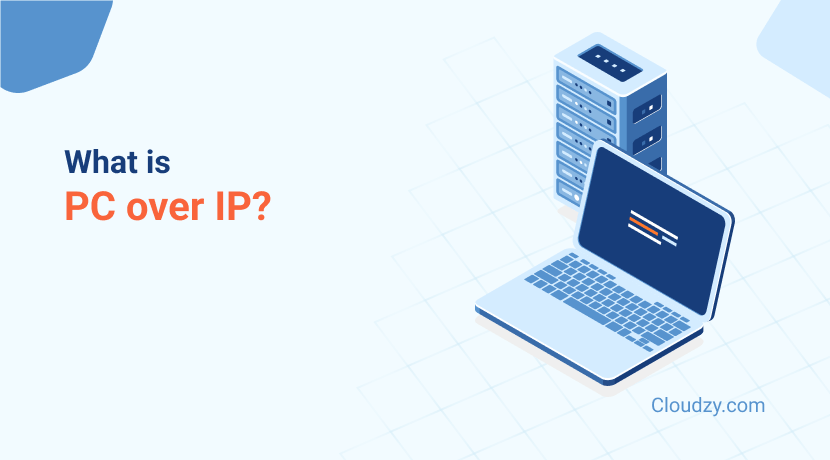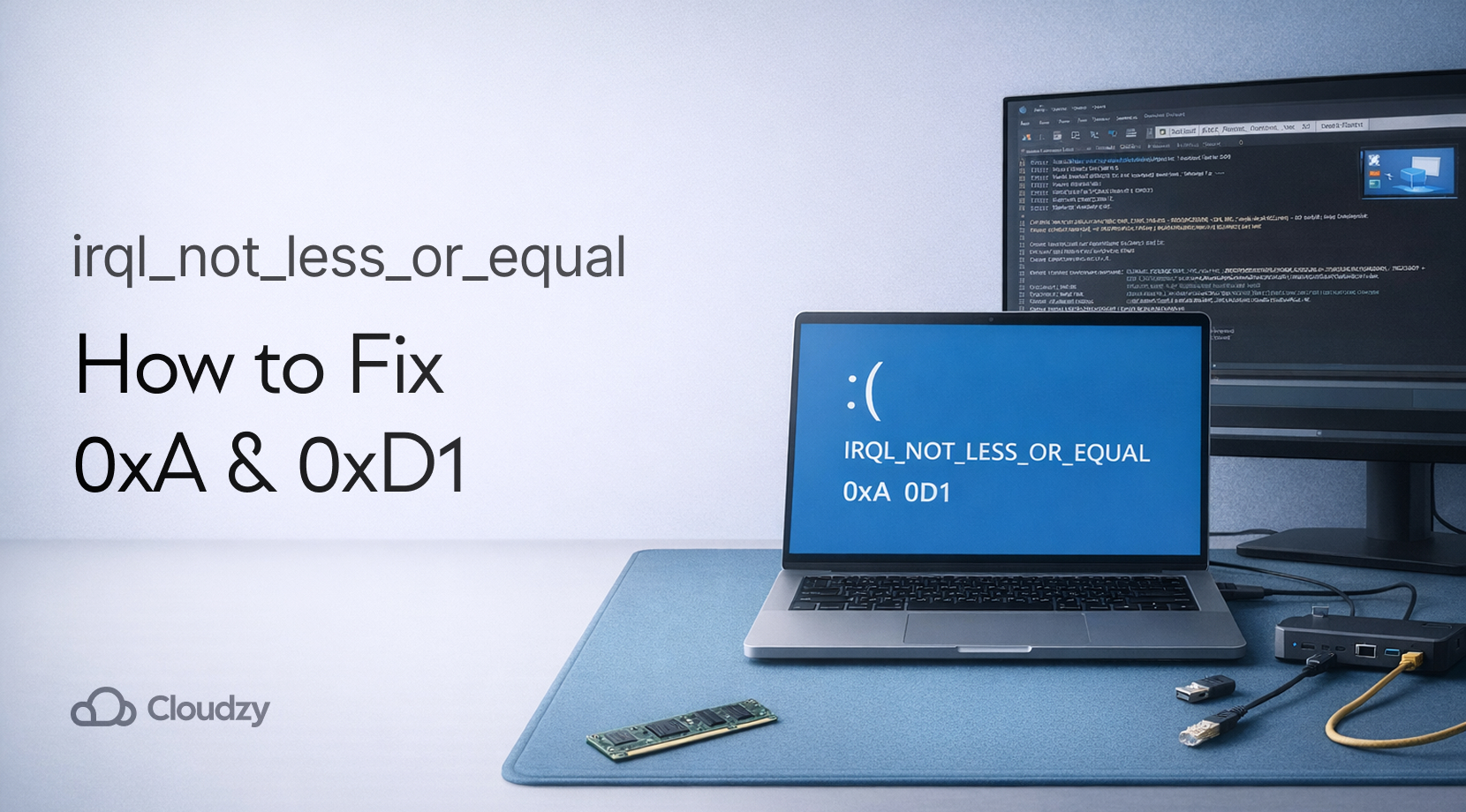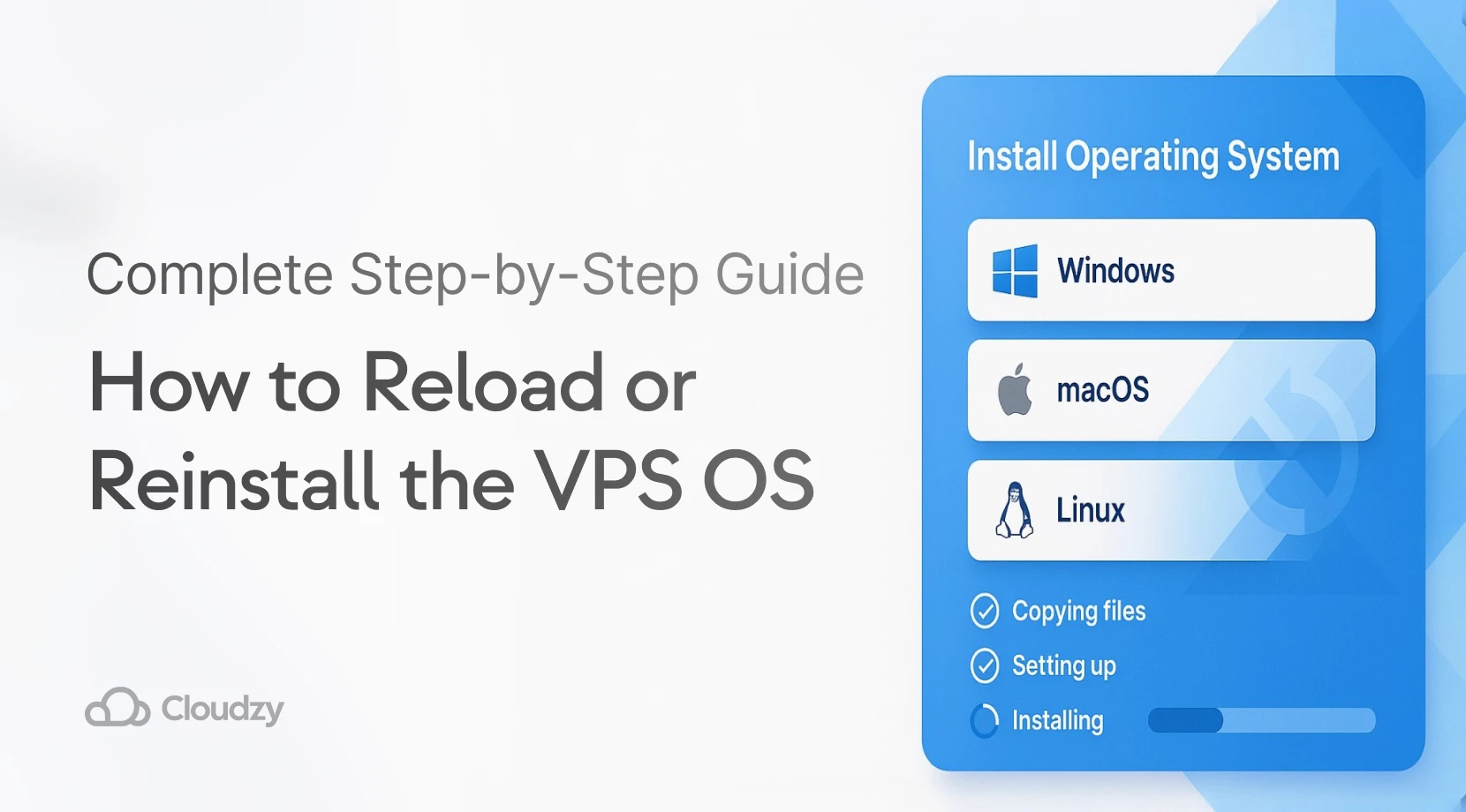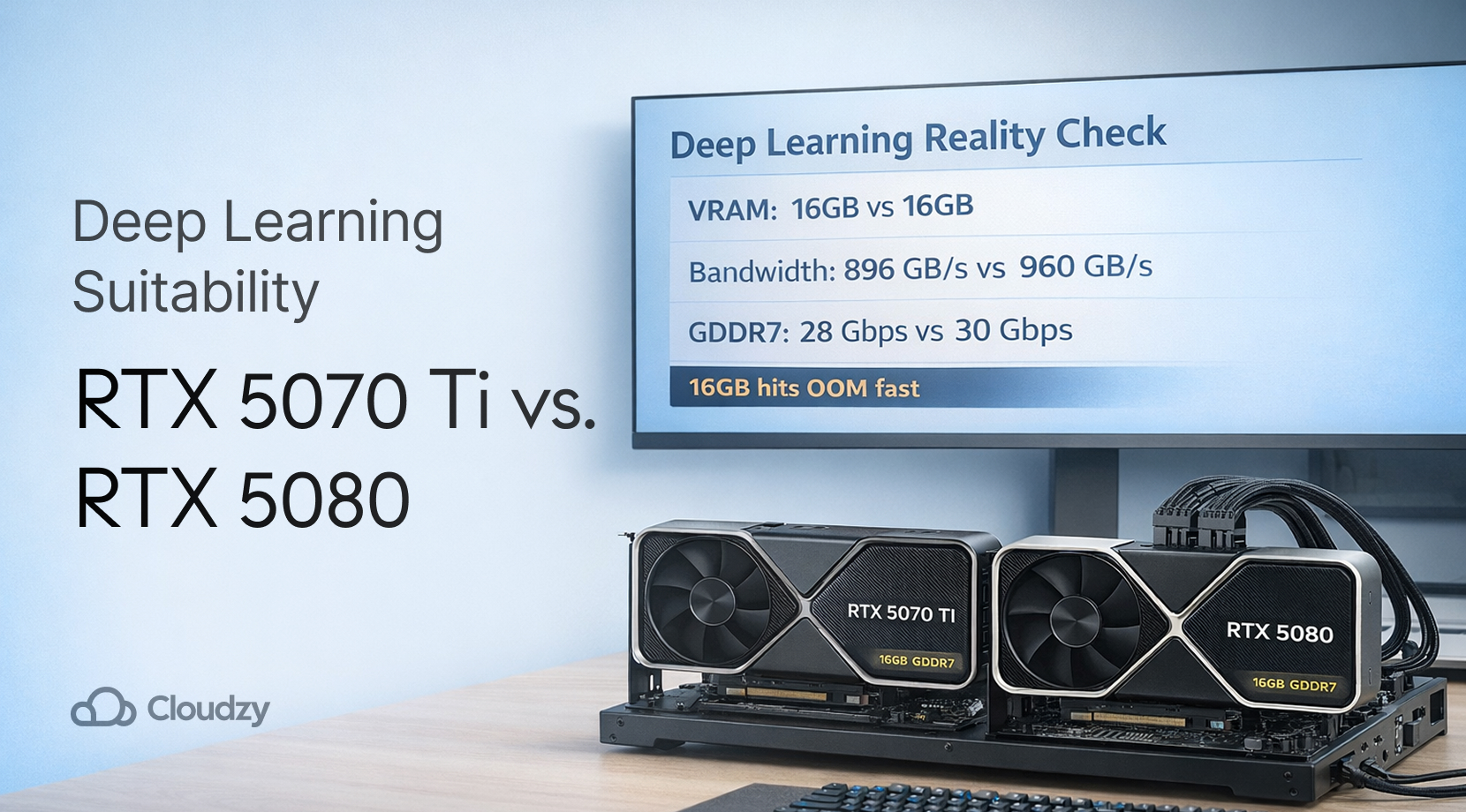In 2020, with the spread of the coronavirus and the COVID-19 pandemic, many companies and businesses switched to remote work. Since then, remote work has become a staple in the modern workplace, driving organizations to adopt advanced technologies like PC-over-IP (PCoIP).
This protocol has been improving and updating since 2007 when it was developed by Teradici, and over time has become one of the most popular choices for desktop virtualization and display protocols.
What sets PCoIP over other protocols is the use of UDP (User Datagram Protocol) rather than the usual TCP (Transmission Control Protocol), which allows for process-to-process communication.
So what does all this mean? What is PCoIP? What makes it a good protocol? And is it better than other protocols? I’ll be answering all these questions in this post, so without further dilly-dallying, let’s get into it.
What Is PCoIP and What Is It Used For?
PCoIP is a display protocol that fully compresses a desktop which is then displayed through a zero-client device over a standard IP network, hence the name, PC over IP. This protocol is used for desktop virtualization, allowing users to watch what’s happening on another desktop in real-time, as seamlessly as a movie.
As I mentioned earlier, PCoIP uses UDP instead of TCP, which features process-to-process communication. This translates into a loss-tolerant, low-latency connection where PCoIP sends a map of where pixels appear on a screen and what color they are on the source desktop and sends it over to the destination device’s screen.
You don’t need to worry about security either, as this data is encrypted before it’s sent to the target device, where it is decrypted and displayed. This encryption is one of the many reasons why services like VMware Horizon Cloud and Amazon WorkSpaces utilize PC over IP protocol to stream virtual desktops to their clients.
PCoIP’s flexibility and accessibility also allow users to access cloud-hosted desktops from not only their own desktops but also their tablets and mobile phones through a desktop-as-a-service (DaaS) model.
This protocol also allows users to access virtual desktops through thin clients as well, which are desktops that use resources stored inside a central server rather than a hard drive.
Virtual desktops and remote workstations aside, the PCoIP protocol can be used for a variety of applications. One such use for the PCoIP protocol is that it can be used as the company’s Virtual Private Network (VPN) when the company’s corporate firewall is down or deactivated.
The PC-over-IP protocol can also be used to optimize bandwidth usage on WANs and LANs to increase their speed. Additionally, PCoIP can be used in the financial sector to provide traders and analysts with low-latency access to trading platforms and financial data.
While most of these use cases can also be done with other protocols, PCoIP offers key features that set it apart from other protocols.
Key Features and Benefits of Using PCoIP
Before we get into the technical features and benefits of PCoIP, here are some of the main features of PCoIP:
- Supports 32-bit color for virtual displays.
- Supports ClearType fonts.
- Dynamic audio quality adjustment for LAN and WAN through audio redirection.
- Supports real-time Audio-Video for webcams and microphones on some client types.
- Supports copying and pasting text and images between the client OS and a remote desktop or published application.
However, copying and pasting images may not be available for some clients. - Supports up to four monitors with a resolution of 2560 x 1600 per display or up to three monitors with a 4K resolution (3840 x 2160). Additionally, features like pivot display and autofit are also supported.
- USB and MMR redirection are also supported.
PCoIP Security Features
Since PCoIP only transmits encrypted pixel data rather than sending actual application or file data to the client, sensitive information remains securely stored in the data center or cloud, and there’s much less risk of data breaches at the client endpoint.
As for the encryption, PC over IP uses AES-256 Encryption, a very tough encryption algorithm that is virtually unbreakable and would theoretically take 10 to 18 years to breach it provided you have access to extraordinary resources.
Benefits of UDP Over TCP
PC-over-IP hasn’t become one of the most prevalent protocols for desktop virtualization and display protocols without reason. PCoIP’s use of UDP offers advantages that TCP-based protocols don’t. For example, UDP sends data packets without waiting for acknowledgment, unlike TCP, which requires confirmation for each packet, resulting in lower latency.
This lack of confirmation allows use cases like remote desktop and media streaming to benefit from faster speeds, with minimal data loss in stable networks. UDP’s efficiency also shines in how it maintains consistent data transmission, even when the network faces congestion.
PCoIP adapts to changing network conditions by adjusting image quality rather than slowing data transfer. This flexibility makes PCoIP particularly well-suited for high-bandwidth applications like video editing and 3D rendering, where smooth performance is critical.
Efficient Image Decomposition Through Multiple Codecs
Typically, handling tasks like displaying text, graphics, and video on different parts of the screen is handled by your workstation. However, since each area of the display may have different requirements depending on the task being run on that specific area, using the same compression for the entire display is slow and inefficient.
To fix this issue, PCoIP uses a multi-codec protocol that, as the name suggests, supports multiple image element types on a display. By actively analyzing and decomposing the image elements for graphics, text, icons, video, etc., PCoIP can transmit image elements much quicker and much more efficiently, saving bandwidth in the process.
Lastly, in use cases where the image contains important information like medical records and diagnostics, PCoIP codecs are designed to enable rapidly changing image elements to a high-quality, loss-less state.
Optimized Performance with Host-Based Rendering
PCoIP removes the need for the client to have high-grade equipment and specific hardware by having the images generated by applications processed on the host’s side. This approach allows images that require robust software and hardware to be seamlessly delivered to the client in pixel data, mimicking how a TV broadcast streams video to your screen.
Issues and Drawbacks with PCoIP
PC over IP isn’t perfect, and while it may have many advantages over other protocols, PCoIP may not be the best protocol for you, depending on your use case.
Network Dependency and Packet Loss
As I mentioned earlier, PCoIP prioritizes speed over avoiding packet loss, and while PCoIP’s adaptability allows it to function well under poor network environments, the packet loss may become too much. This can lead to many serious issues like reduced display frame rates, choppy video, and delayed input responses.
End of Support in VMware Horizon
A leading virtual desktop infrastructure (VDI), VMware Horizon is a platform that allows organizations to deliver virtual desktops and applications to end users. VMware Horizon has been supporting PC over IP since 2009; however, in 2013, VMware developed its own protocol called BLAST and recently announced that it will only support PCoIP until the end of 2025.
That said, VMware Horizon releases are supported for three years from the ship date, so the client and agent shipped in 2025 will get PCoIP support until 2028. After that, PCoIP will be fully removed from all Horizon releases.
Compatibility and Transition Issues
PCoIP is tightly integrated into the VMware Horizon ecosystem, where it performs fairly well. However, PCoIP has limited compatibility with non-VMware environments, making it difficult to transition from PCoIP to other protocols like RDP.
What makes this issue so important is the fact that, as I mentioned above, VMware Horizon won’t be supporting PCoIP in less than a year and a half. Eventually, you will have to switch from PCoIP, whether that’s due to wanting to use a more widely adopted and standardized protocol or because it will be removed from VMware Horizon.
Cloudzy’s RDP – An Alternative to PCoIP
While PCoIP has many benefits, its packet loss issues and uncertain future may cause issues for you, especially if you don’t have the most dependable network. A suitable alternative to PCoIP is RDP, a more broadly used protocol developed by Windows, which isn’t going away any time soon, so you don’t need to worry about longevity.
RDP is a top alternative to PCoIP if you need a remote desktop solution that can be used for all operating systems. Cloudzy’s RDP VPS is one of the most affordable and powerful RDP services around.
Our RDP service features full admin access and DDoS protection in over 15 locations globally, covering three continents. You can choose any Windows server version you like, and it will be pre-installed on your Cloudzy RDP VPS.
 Need a Remote Desktop?
Need a Remote Desktop?
Reliable, high-performance RDP servers with 99.95 uptime. Take your desktop on the go to all the major cities in the US, Europe, and Asia.
Get an RDP ServerYou can expect top performance and reliability with our RDP VPS as they are backed with top-of-the-line hardware like NVME SSD storage and DDR4 RAM and boasts a 10 Gbps network connection with 99.95% uptime guarantee.
Final Thoughts
PCoIP is a fantastic option for those who prioritize speed over everything else, and while PCoIP may have packet loss issues here and there, it is an overall capable and efficient protocol for all things desktop virtualization.
That said, if PCoIP doesn’t fit the needs of your organization, you can always opt for other protocols like RDP. If so, don’t forget to check out our RDP VPS, where you can buy RDP with Bitcoin for secure and flexible remote access tailored to your needs.
FAQ
What is PCoIP used for?
PC-over-IP is a display protocol that compresses and securely transmits a desktop over an IP network to a zero-client device, enabling real-time interaction. PCoIP is widely used in virtual desktop environments like VMware Horizon Cloud, supporting access from desktops, tablets, and mobile devices while optimizing network bandwidth and ensuring data security.
Is PCoIP better than RDP?
PCoIP and RDP both possess many qualities that have made them the most popular protocols for desktop virtualization. That said, there are key differences in their processes that make one protocol prioritize speed while the other is more compatible. To learn more, check out this article on PCoIP vs. RDP.
Is PCoIP secure?
Yes, PCoIP is secure. The protocol only transmits AES-256 encrypted pixel data, meaning no actual application or file data is sent over the network. This ensures that all sensitive information remains securely stored in the data center or cloud, reducing the risk of data breaches or unauthorized access at the client endpoint.




